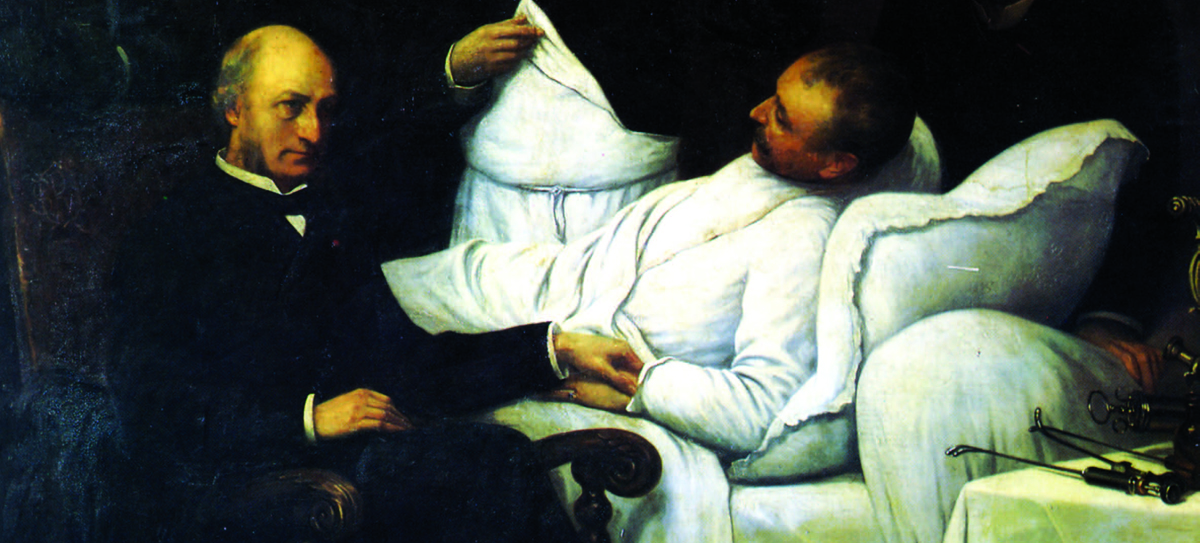 Urology originates from Greek οὖρον (ouron) “urine” and -λογία (-logia) “study of”. But the original meaning of the word urology gives no clue that it applies to one of the most important special fields of medicine, one that not only comprises the knowledge of the entire internal and external pathology and therapy of the genito-urinary tract, but also touches neighbouring fields like surgery, dermatology, internal medicine etc, and indeed extends directly into their domain.
Urology originates from Greek οὖρον (ouron) “urine” and -λογία (-logia) “study of”. But the original meaning of the word urology gives no clue that it applies to one of the most important special fields of medicine, one that not only comprises the knowledge of the entire internal and external pathology and therapy of the genito-urinary tract, but also touches neighbouring fields like surgery, dermatology, internal medicine etc, and indeed extends directly into their domain.
Nevertheless, the word “urology” is clearly indicative of the fact that the entire modern development of this branch of science, with its complicated methods and remarkable achievements, derives from the simple uroscopy as was practiced in the most remote periods by physicians worldwide.
In casting a backward glance upon the early history of urology, ancients used the general state of health of the entire body, and did not attach much importance to uroscopy in purely local diseases. However, the Hippocratic writers described in an excellent manner several afflictions of the urinary tract, laying particular importance on the colour of the urine and on urinary sediment.
It was not until the 19th century that the urinary tract could be inspected by technical means. The first attempts to make the urethra visible to the human eye go back to the Frankfurt physician Philipp Bozzini. Finally, the invention of the cystoscope by Maximilian Nitze paved the way to modern urology.
The European Museum of Urology tells the History of Urology in several chapters, all illustrated with items from its Collections!

